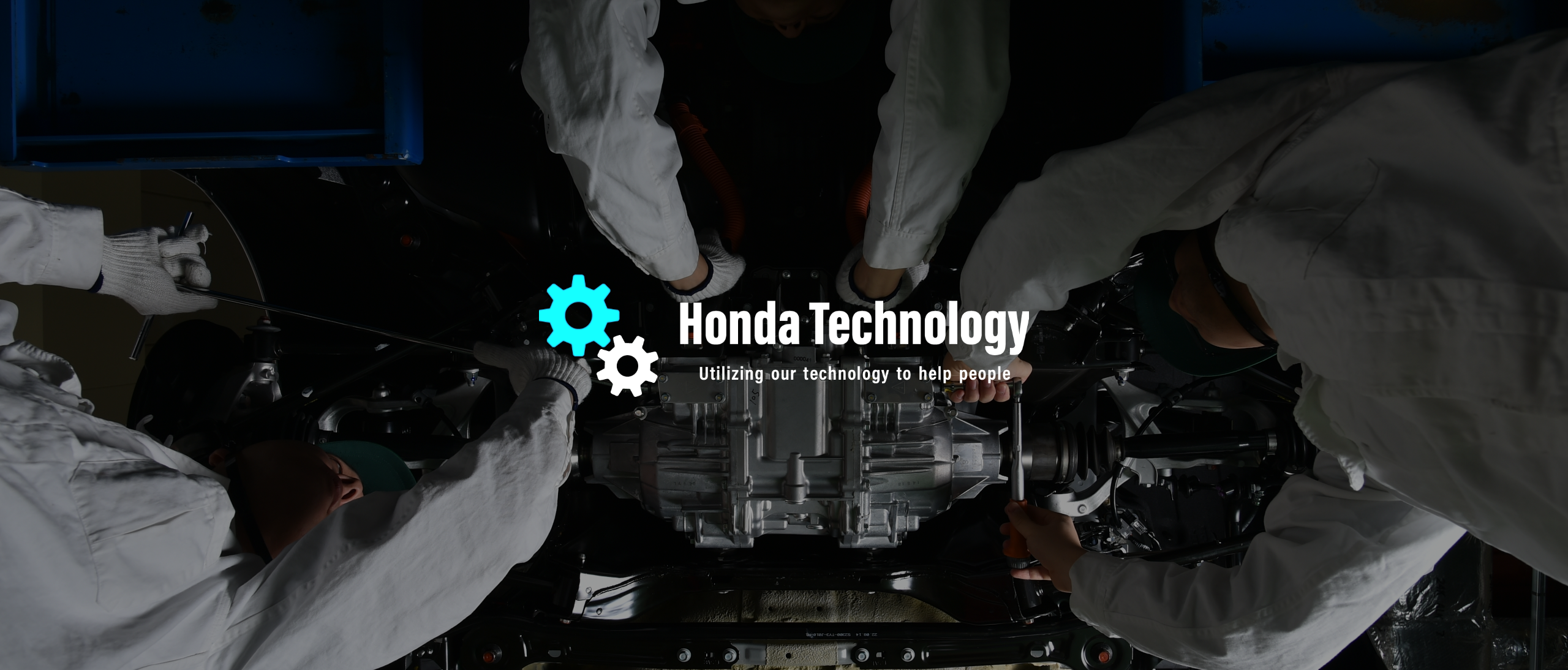



Honda has continued to advance its technologies based on a comprehensive human-centered approach.
Technologies Honda creates and advances for people, including technologies to eliminate environmental impact, to reduce traffic collisions and to make mobility more fun for people, are enabling Honda to offer the joy and freedom of mobility.